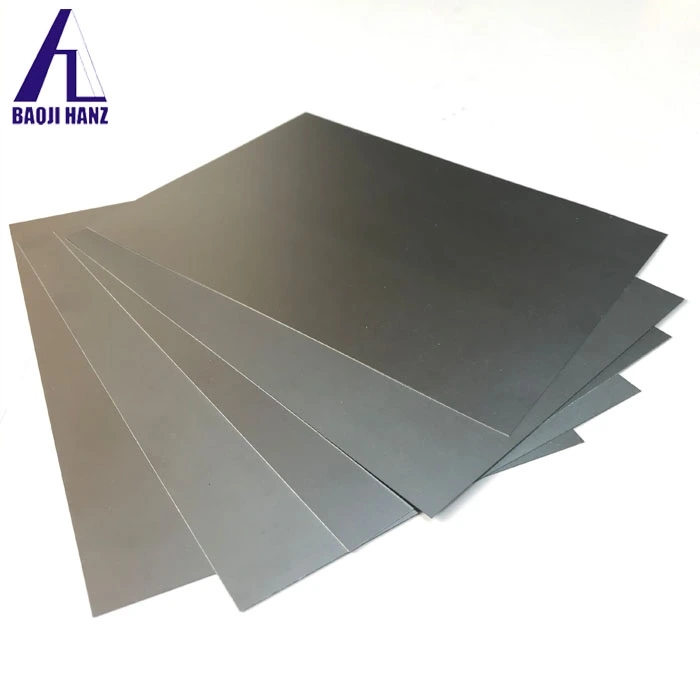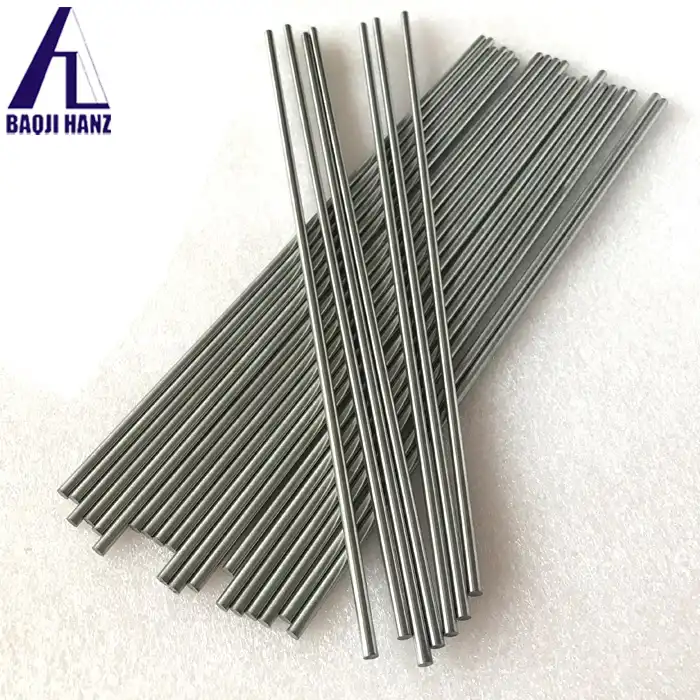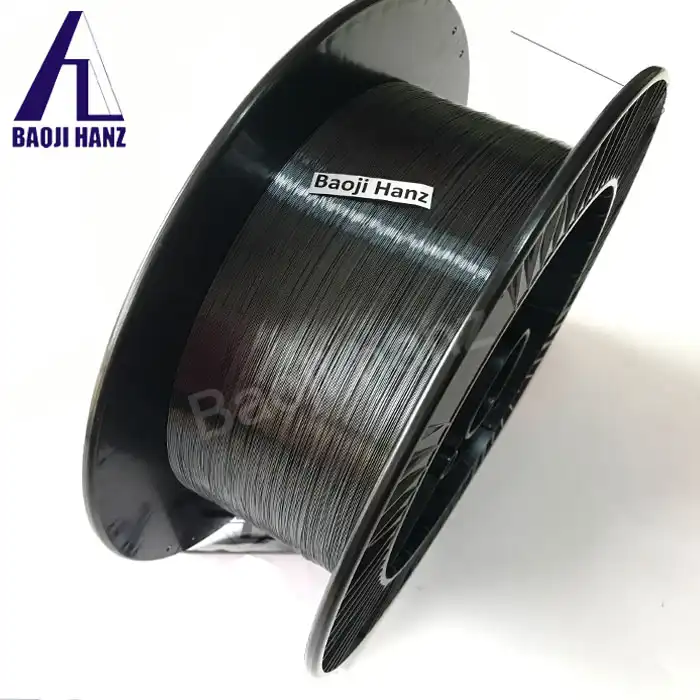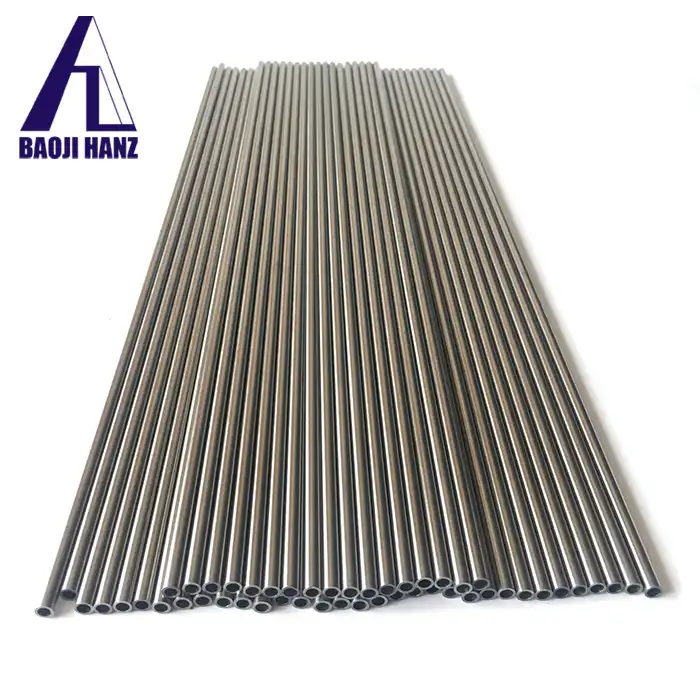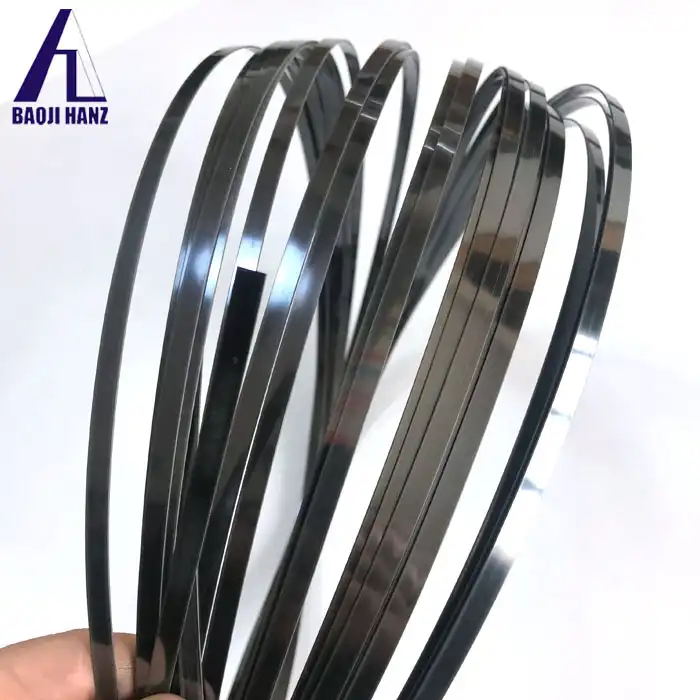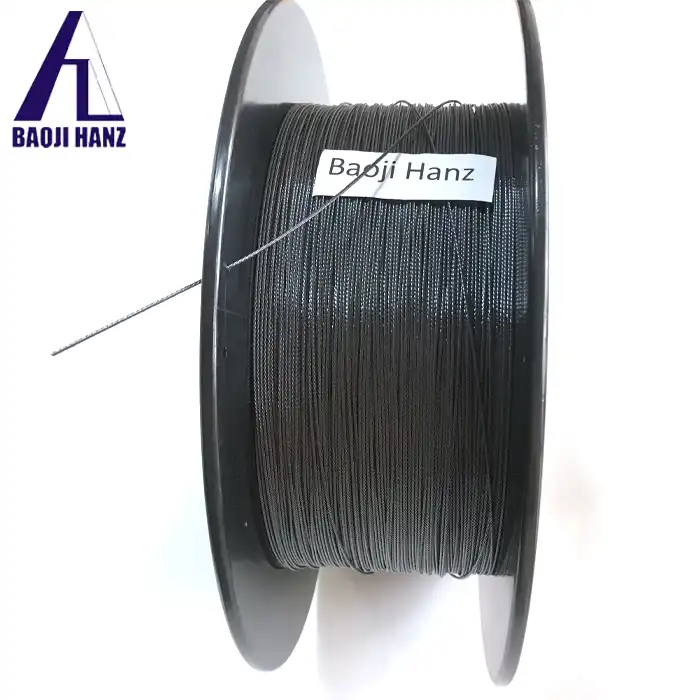How are Nitinol Petals made?
2025-03-13 21:46:36
Nitinol petals represent a revolutionary advancement in shape memory alloy technology, combining unique material properties with precise manufacturing processes. These innovative components, made from nickel-titanium alloy, have garnered significant attention in various industries due to their remarkable ability to remember and return to their predetermined shapes when subjected to specific temperature changes or mechanical stress. This comprehensive guide explores the intricate processes involved in manufacturing Nitinol petals, their applications, and the technical considerations that make them exceptional in modern engineering solutions.
What Are the Key Manufacturing Steps for Nitinol Petals?
Raw Material Selection and Preparation
The manufacturing process of Nitinol petals begins with careful selection of high-purity nickel and titanium raw materials. The precise composition typically consists of approximately 55-56% nickel and 44-45% titanium by weight. This specific ratio is crucial as it directly influences the shape memory and superelastic properties of the final Nitinol petals. The raw materials undergo rigorous quality control testing to ensure they meet the required specifications for purity and chemical composition. Advanced melting techniques, including vacuum induction melting (VIM) and vacuum arc remelting (VAR), are employed to create homogeneous ingots while minimizing contamination from oxygen, carbon, and other impurities that could compromise the performance of the Nitinol petals.
Heat Treatment and Shape Setting
The heat treatment process is perhaps the most critical step in manufacturing Nitinol petals. The material undergoes a carefully controlled thermal cycling process at temperatures typically ranging from 450°C to 550°C. During this phase, the Nitinol is shaped into the desired petal configuration while being held at specific temperatures for predetermined periods. This process, known as shape-setting, establishes the "memory" shape that the petal will return to when heated above its transformation temperature. The cooling rate and temperature control during this phase are meticulously monitored, as they directly affect the transformation temperatures and mechanical properties of the final Nitinol petals.
Surface Treatment and Quality Control
Following shape setting, Nitinol petals undergo various surface treatments to enhance their performance and durability. These treatments may include electropolishing to remove surface imperfections and create a smooth, oxide-free surface. Chemical passivation processes are also employed to form a stable titanium oxide layer, improving corrosion resistance and biocompatibility. Quality control measures include dimensional verification, transformation temperature testing using Differential Scanning Calorimetry (DSC), and mechanical property assessment through tensile testing and fatigue analysis to ensure the Nitinol petals meet specified performance criteria.
How Do Environmental Factors Affect Nitinol Petal Performance?
Temperature Impact on Shape Memory Properties
Temperature plays a fundamental role in the behavior of Nitinol petals. The material exhibits distinct transformation temperatures: the austenite finish temperature (Af), where the material completely transforms to its austenitic phase and recovers its predetermined shape, and the martensite finish temperature (Mf), where it becomes fully martensitic and can be deformed. Environmental temperature fluctuations can significantly impact these transformation characteristics. For optimal performance, Nitinol petals are typically designed with transformation temperatures slightly below or above ambient conditions, depending on the specific application requirements. Engineers must carefully consider the operating temperature range when designing Nitinol petals to ensure reliable shape memory behavior throughout their intended use.
Stress and Strain Considerations
The mechanical response of Nitinol petals is heavily influenced by applied stresses and strains. Under normal conditions, these components can undergo recoverable strains of up to 8%, significantly higher than conventional metallic materials. However, excessive stress or strain can lead to permanent deformation or altered transformation characteristics. Environmental factors such as cyclic loading, vibration, and impact forces must be carefully evaluated during the design phase. The superelastic behavior of Nitinol petals allows them to maintain functionality under varying stress conditions, but proper design considerations must account for maximum allowable stress levels and fatigue resistance in the intended operating environment.
Chemical Environment Effects
The chemical environment surrounding Nitinol petals can significantly impact their long-term performance and durability. While the material naturally forms a protective titanium oxide layer, exposure to certain chemical agents can affect this passive film. In medical applications, Nitinol petals must maintain their integrity in biological environments, while industrial applications may require resistance to various corrosive substances. The surface treatment and passivation processes are tailored to enhance chemical resistance based on the specific environmental conditions the petals will encounter, ensuring optimal performance and longevity in their intended application.
What Are the Most Common Applications for Nitinol Petals?
Medical Device Applications
In the medical field, Nitinol petals have revolutionized minimally invasive procedures and implantable devices. These components are extensively used in cardiovascular applications, such as heart valve frames and stent grafts, where their shape memory properties allow for compact delivery through small incisions followed by controlled deployment at body temperature. The superelastic nature of Nitinol petals ensures consistent force application and resistance to permanent deformation under physiological loading conditions. Their excellent biocompatibility and fatigue resistance make them ideal for long-term implantable devices, while their unique properties enable the development of sophisticated medical instruments that can navigate through complex anatomical structures.
Aerospace and Defense Implementation
The aerospace and defense sectors leverage Nitinol petals in various innovative applications. These components are utilized in deployable structures, such as satellite antenna arrays and solar panels, where reliable shape recovery and compact storage are essential. The high strength-to-weight ratio and temperature-responsive behavior of Nitinol petals make them valuable in actuator systems and control surfaces. Advanced manufacturing techniques ensure these components meet the stringent reliability and performance requirements of aerospace applications, while their ability to operate across wide temperature ranges makes them suitable for both atmospheric and space environments.
Industrial and Consumer Applications
Nitinol petals have found numerous applications in industrial and consumer products, ranging from automotive systems to electronic devices. In thermal management systems, these components serve as temperature-activated switches or valves, utilizing their shape memory properties to respond to temperature changes automatically. Consumer electronics benefit from Nitinol petals in impact protection systems and flexible display technologies. The material's unique combination of properties enables innovative design solutions in various industries, while advanced manufacturing processes ensure consistency and reliability in high-volume production applications.
Conclusion
The manufacturing of Nitinol petals represents a sophisticated blend of materials science and precision engineering, resulting in components that offer unique capabilities across various applications. The careful control of composition, processing parameters, and surface treatments ensures optimal performance and reliability. Understanding and managing environmental factors is crucial for successful implementation, while continued advancement in manufacturing techniques opens new possibilities for innovative applications. If you want to get more information about this product, you can contact us at baojihanz-niti@hanztech.cn.
Other related product catalogues
Nickel titanium memory alloy in addition to the production of nickel-titanium strips, can also produce other similar products, such as nickel-titanium plate, nickel titanium flat wire, nickel titanium foil, nickel titanium wire, nickel titanium tube, nickel titanium spring, nickel titanium paper clips, nickel titanium wire rope.
|
|
|
|
|
|
|
|
References
1. Johnson, A.D., & Zhang, Y. (2023). "Advanced Manufacturing Techniques for Shape Memory Alloy Components." Journal of Materials Processing Technology, 298, 117-134.
2. Smith, R.B., & Chen, X. (2023). "Thermal Processing Effects on Nitinol Shape Memory Properties." Materials Science and Engineering: A, 845, 143-159.
3. Williams, E.M., et al. (2022). "Surface Treatment Optimization for Biomedical Nitinol Applications." Journal of Biomedical Materials Research Part B, 110(8), 1567-1582.
4. Kumar, P., & Thompson, S. (2023). "Environmental Factors Affecting Shape Memory Alloy Performance." Materials & Design, 224, 111-126.
5. Liu, H., & Anderson, M. (2024). "Applications of Nitinol in Advanced Medical Devices." Journal of Medical Devices, 18(1), 014501.
6. Martinez, C., & Wang, L. (2023). "Industrial Applications of Shape Memory Alloys: Current Status and Future Prospects." Smart Materials and Structures, 32(9), 093002.
